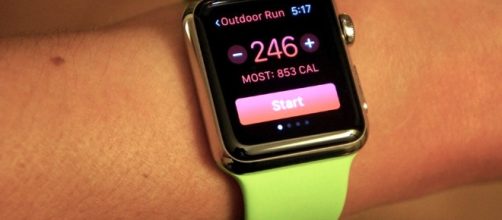Wearable technology has been gaining in popularity as it’s been proven to be an effective device as a fitness tracker. The Apple Watch is arguably one of the most popular ones because let’s face it, it’s from Apple.
The Apple Watch combined fitness tracking and health-oriented features with the help of Apple’s very own operating system – the watchOS.
With that said, here are a few ways that you can do to maximize the use of your Apple wearable device.
Use Siri to start your workout session
Telling Siri that you’re about the start your workout is the easiest to exercise without that much of an effort.
To activate Apple’s virtual assistant, just raise your wrist and say “Hey Siri” or hold down the Digital Crown on the side.
Telling Siri specific activities of what you’re doing helps the device measure your movements. For instance, if you say, “Hey Siri, start a 25-minute outdoor run,” your Apple Watch will use GPS data when available to map your distance and movement more accurately.
Sync your music to your Apple Watch
Working out is more enjoyable when listening to music, which is not a problem when you have your iPhone during your exercise.
The Apple Watch can’t stream music over the internet so if you don’t want to bring your iPhone but still want to listen to your favorite music on your next workout, you need to sync your music to your wearable device ahead of time.
To do this, your music needs to be in your Apple’s Music app on your smartphone. The songs may include purchased music from iTunes or other sources except for Spotify and Tidal. Just pick the songs you want and sync it to your Apple Watch much like syncing music to the iPod.
Once synced, all you need is a wireless headphone that you can pair with your Apple Watch so you may enjoy your music on-the-go without having to use your iPhone.
Prolong the battery life of your Apple Watch during workouts
There are two ways on how to extend the battery life of your device; using the Workout Power Saving Mode and pairing a dedicated Bluetooth heart rate sensor.
When Power Saving Mode is enabled, tracking your burnt calories will be less accurate.
This also disables the heart rate sensor for walking and running exercises to save more battery juice.
Alternatively, you can pair a dedicated Bluetooth heart rate sensor to your Apple Watch. However, using an external sensor can be a bit pricey as the Polar H7 Bluetooth Heart Rate Sensor will set you back around $55.


